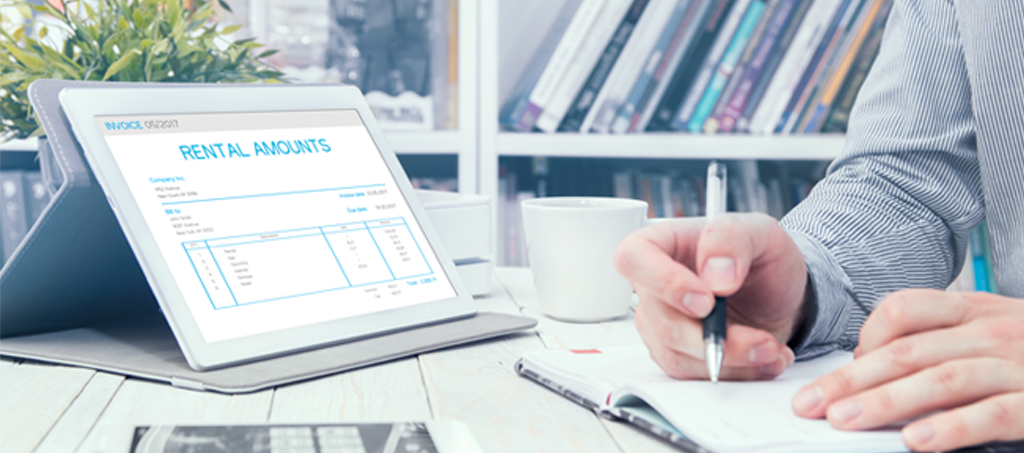BLOG
Subscribe to our newsletter
Capital gains or rental yield: which is better for investors?

Capital gains and rental yield—they’re the two best tools for determining whether a property is a worthwhile investment. If you’ve already got one or two investment properties, you’re probably already familiar with these number-crunching accessories. But the question often debated is, which is better for building a property portfolio?
Important note: the information provided in this blog should not be a substitute for financial advice. You should always consult with a professional financial advisor before making any investment decisions.
Capital gains
If you’re looking for properties that will grow in value over the long-term, then capital growth should be a priority for you. These properties are the nest-eggs that will generate big gains when you eventually sell.
Which regions have the best capital gains?
Despite a flattening of the property market across New Zealand, home values in the Waikato district have grown 3.2 per cent from April 2018 to April 2019. Hamilton itself has grown 4.5 per cent from Q1 2018 to Q1 2019 and despite the market slow down, many suburbs are still generating positive capital growth. Overall, Hamilton’s south eastern suburbs have seen the strongest growth at 6.7 per cent.
Rental yield
Rental yield is the percentage of your yearly rent income divided by the property price. While it doesn’t take into account any outgoing costs such as rates or maintenance, it is a useful starting point to determine how much profit a property could generate. It also helps you forecast cash flow. Generally speaking, the higher the yield the greater the profit.
According to Richard Lindsay, from Lodge City Rentals, a good gross yield to aim for is 6 per cent, however, with house prices still increasing faster than rent prices in many areas across the country, including Hamilton, a rental yield of 4 to 5 per cent is more realistic. Keep in mind that as the housing market continues to soften and rent prices catch up, yields may rise.
Also, keep in mind that just because a property has a low yield, it’s not necessarily a total write-off. Adding value to a property to boost the rental price is a great way to improve the yield of rental properties.
For example, a property purchased at $425,000 with a weekly rent of $300 has a yield of 3.6 per cent (excluding any other outgoing costs). Yet, if you refurbished the kitchen and bathroom, you might be able to increase the rent to $350 per week. With this, the yield would grow to 4.2 per cent.
You might be interested in our guide: Rental property management: what new landlords need to know
Which regions have the best rental yields?
According to qv.co.nz, the top yielding Hamilton suburbs as of April 2019 are Dinsdale South/Frankton (4.7 per cent), Fairfield/Fairview Downs (4.6 per cent), Dinsdale North/Nawton (4.4 per cent) and Deanwell/Melville/Fitzroy (4.1 per cent). Outside of Hamilton, the top performing region is Huntly (5.4 per cent).
So which is better?
Should a promising investor favour either capital gain or rental yield over the other? In short, no. Instead, strive for a mix of both. A diverse range of rental properties in your portfolio means you’re better equipped to handle the curveballs when they do inevitably come.
A high-income property is good for covering the cost of property repairs, tenant vacancies and higher interest rates. On the flipside, properties with better capital gains may not generate strong cash flow, but their equity can be a huge asset to have for securing loans to grow your portfolio—and of course for building long-term wealth.


